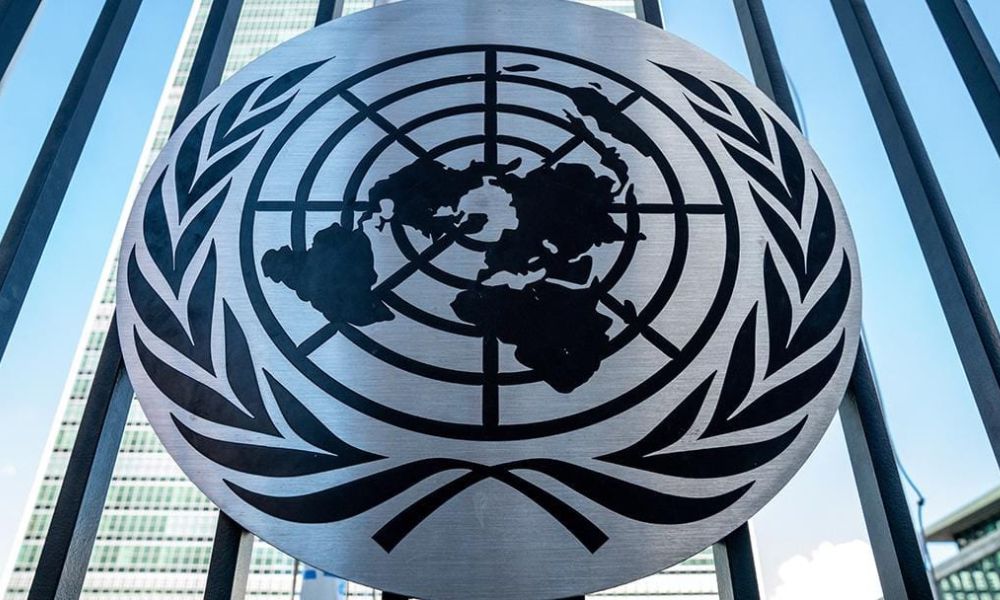
In a world marred by armed conflicts, displacement, and humanitarian crises, the United Nations (UN) plays a pivotal role in providing aid, protection, and support to vulnerable populations caught in the crossfire. Conflict zones are often marked by violence, insecurity, and limited access to basic necessities, making it essential for the international community, through the UN, to respond effectively to these crises. This blog explores how the UN responds to humanitarian crises in conflict zones, highlighting the strategies, challenges, and impact of its efforts.
The UN's commitment to addressing humanitarian crises in conflict zones is rooted in its Charter's fundamental principles. Article 1(3) of the UN Charter states one of the organization's purposes as "achieving international cooperation in solving international problems of an economic, social, cultural, or humanitarian character." Thus, the UN has a clear mandate to respond to crises affecting human well-being, especially in conflict settings.
| Are you a Tax Lawyer in USA? 👉Transform Your Brand: Click for Metamorphosis👈 |
Effective humanitarian response in conflict zones requires close coordination among UN agencies, international organizations, non-governmental organizations (NGOs), and local actors. The UN's Office for the Coordination of Humanitarian Affairs (OCHA) plays a central role in ensuring this coordination. It works to streamline efforts, avoid duplication of services, and mobilize resources for a unified response.
The UN conducts needs assessments to determine the scale and nature of the humanitarian crisis. This assessment informs the development of response plans and funding appeals. Funding is a critical aspect of the UN's humanitarian work, as it enables the organization to provide aid and support to those in need. Donor countries, humanitarian organizations, and member states contribute to these funding appeals.
The UN provides emergency relief to conflict-affected populations in the form of food, clean water, shelter, medical care, and other essential items. UN agencies such as the World Food Programme (WFP), the United Nations High Commissioner for Refugees (UNHCR), and the United Nations Children's Fund (UNICEF) are often at the forefront of these efforts. Aid is delivered to conflict zones through various means, including air drops, land convoys, and humanitarian airlifts.
Protecting civilians caught in conflict zones is a top priority for the UN. This involves advocating for adherence to international humanitarian law, the prevention of sexual and gender-based violence, and safeguarding the rights and safety of children. Peacekeeping missions, when deployed, may also play a role in protecting civilians.
Negotiating access to conflict zones can be a formidable challenge, as parties to the conflict may hinder humanitarian efforts. The UN engages in diplomatic efforts to gain access to affected areas and negotiate ceasefires or humanitarian pauses to ensure the safe delivery of aid.
While humanitarian response is critical, the UN recognizes that lasting solutions require efforts to address the root causes of conflicts. The organization supports peace negotiations, conflict resolution initiatives, and efforts to promote reconciliation and stability in conflict-affected regions.
Responding to humanitarian crises in conflict zones is fraught with challenges. These include:
The UN's response to humanitarian crises in conflict zones is driven by its commitment to alleviating human suffering and upholding human dignity. Through coordination, assessment, funding, protection, and access negotiations, the UN strives to provide timely aid and support to vulnerable populations. While numerous challenges persist, the organization's dedication to humanitarian principles underscores the importance of international cooperation and solidarity in addressing the dire needs of those affected by conflict. Ultimately, the UN's role in conflict zones is not just about alleviating immediate suffering but also contributing to the broader goals of peace, stability, and security.